Top Translation And Localization Trends in 2018
CLEAR WORDS
TRANSLATIONS
All News
Gennaio 16, 2018 |
Top Translation And Localization Trends in 2018
Interpreting, translation and localization services make up an industry of $43 billion in revenue, in the US alone. The sector has been growing thanks to the expansion of businesses in the international market, in various fields, from medical care providers to eLearning and app developers.
The global market has made translation and localization a necessity. With more customers interested in a personalized user experience, companies need to adapt their marketing strategies to local markets.
Any business that wants to succeed must provide information and customer care in local languages to register consistent growth.
It’s a dynamic environment, as businesses need to adapt to specific situations, which vary with each country and new culture they do business with. Translation and localization ensure that companies learn to speak like locals.
2017 saw a high demand for translation and localization services, and 2018 is going to bring even more work for translators, interpreters and specialists in language services.
To make sure you get the most out of your projects, check out some of the translation and localization trends for the year ahead.
Companies Must Learn New Languages
When you plan your global growth, think about rapidly developing countries to localize for. Simplified Chinese (Mandarin), Russian and Portuguese remain the top languages for translation, together with Spanish and German.
Localizing for China puts your business in front of a huge audience–people who like Western brands and have an appetite for online shopping. Even better than that, statistics show that China will become the biggest digital market this year. 2018 is the best moment to teach your employees Chinese, to make sure you maintain (and increase) your local market share.
Portuguese gets into translation and localization trends in 2018 as well, as Brazil is now the largest economy in South America. Despite the political instability and a negative GDP Real Growth Rate, Brazil has a relatively stable economy, natural resources and young population with growing purchasing power.
As more locals get access to the internet, other countries are going to become appealing destinations for companies and marketers. Translation and localization trends for 2018 include India and developing countries in Africa. So, less common languages are going to become popular among translators and interpreters.
Localizing for India is a complex project though, with locals speaking hundreds of dialects across the country. You might feel tempted to launch your products in this country targeting the population who speaks English. But, the number of non-English speaking Indian internet users is growing, so you need to start translating to keep up with the translation and localization trends in this country.
You Need A Language Specific SEO Strategy
The main challenge in 2018 isn’t plain translation or localization. This year, you have to take things a step further and optimize for international audiences. Only a quarter of all internet users speak English, so most online searches don’t happen in English, but in a wide range of languages.
Language specific SEO techniques can help you rank higher in search engines for local keywords. People speak and think differently, depending on their habits, culture and education.
You can’t optimize your tourism offers for “vacation”’ when selling in England, for example, as British people go on “holiday.” It’s the same with all languages. “Low cost flight” translates as “voli a basso costo” in Italian. But locals search for “voli low cost” instead.
You can’t simply translate your usual keywords each time you start a new translation and localization project, as you’ll miss out on important opportunities to attract new clients.
Research for local keywords, instead, to make sure you target the right audience for your business. The advantage is that competition is still lower on local keywords for now. So, you have a higher chance of ranking well in local searches, even for popular keywords (which is almost impossible to achieve in English).
Video Content Will Become Even More Popular
More than half of marketers see video as the content with the best ROI. Videos’ popularity will grow in 2018, with more people searching for this specific type of content when looking to learn more about products and services.
Translation and localization of video content is one of the top translation trends in 2018. From webinars to “how to” tutorials, everything must be available in local languages to bring in the best results.
Through videos, you can increase engagement and conversion rates. Work with specialists in the field to make sure your translations are localized, but still accurate. Information must be correct and easy to understand, while calls to action (CTAs) must be sharp, using the right trigger words for each language.
Use Subtitling Instead of Dubbing
The debate on subtitling vs. dubbing continues in 2018. With more arguments pro subtitling, as more millennials prefer to hear the original voices and read the translation.
This translation and localization trend comes from the fact that more people make reading a habit while watching videos. Furthermore, 85 percent of videos are watched without sound on Facebook, so having subtitles can help you draw the public’s attention on your content.
Subtitling has positive effects on language learning in the long run as well. Many young people prefer this method to dubbing, because it allows them to learn new words and improve their pronunciation. And it’s not just a myth among translators. Studies show that in countries where English videos and films are subtitled, people get higher scores in TOEFL tests than candidates who live in countries where foreign videos are dubbed.
Companies Will Translate More eLearning Courses
eLearning is growing across the globe, with more companies looking to invest in education for their employees. The eLearning market has huge potential in terms of development and growth. And a part of it involves translation.
Translating courses is less expensive than coming up with new content for each country. And it allows companies to have employees in various countries trained at similar levels, regardless of language or geographical position.
This means more work for translation services providers. Yet, plain translation isn’t going to educate your employees. Courses should be translated and localized to be accessible to audiences from different cultural backgrounds.
Translation and localization is a complex process, which requires specialists who understand specific vocabulary for each niche, in both the original and target languages.
CAT Tools For Translation And Localization Are Getting Better
CAT tools help translators work faster and leave less room for errors. The development of new tools, based on Artificial Intelligence, will make translation even easier for specialists in all niches.
CAT tools and translation memory tools allow translators to create complex glossaries of terms, which can be accessed every time you start a new translation project. These tools can help reduce turnarounds. And, they generate lower translation costs, as translators need less time to finish a project.
Human translation is still the top trend in 2018, however, as machines still can’t understand context or choose the perfect word to match specific messages.
If you need help with your translation and localization projects this year, be sure to contact us. We’ll help bring the world closer in 2018.










